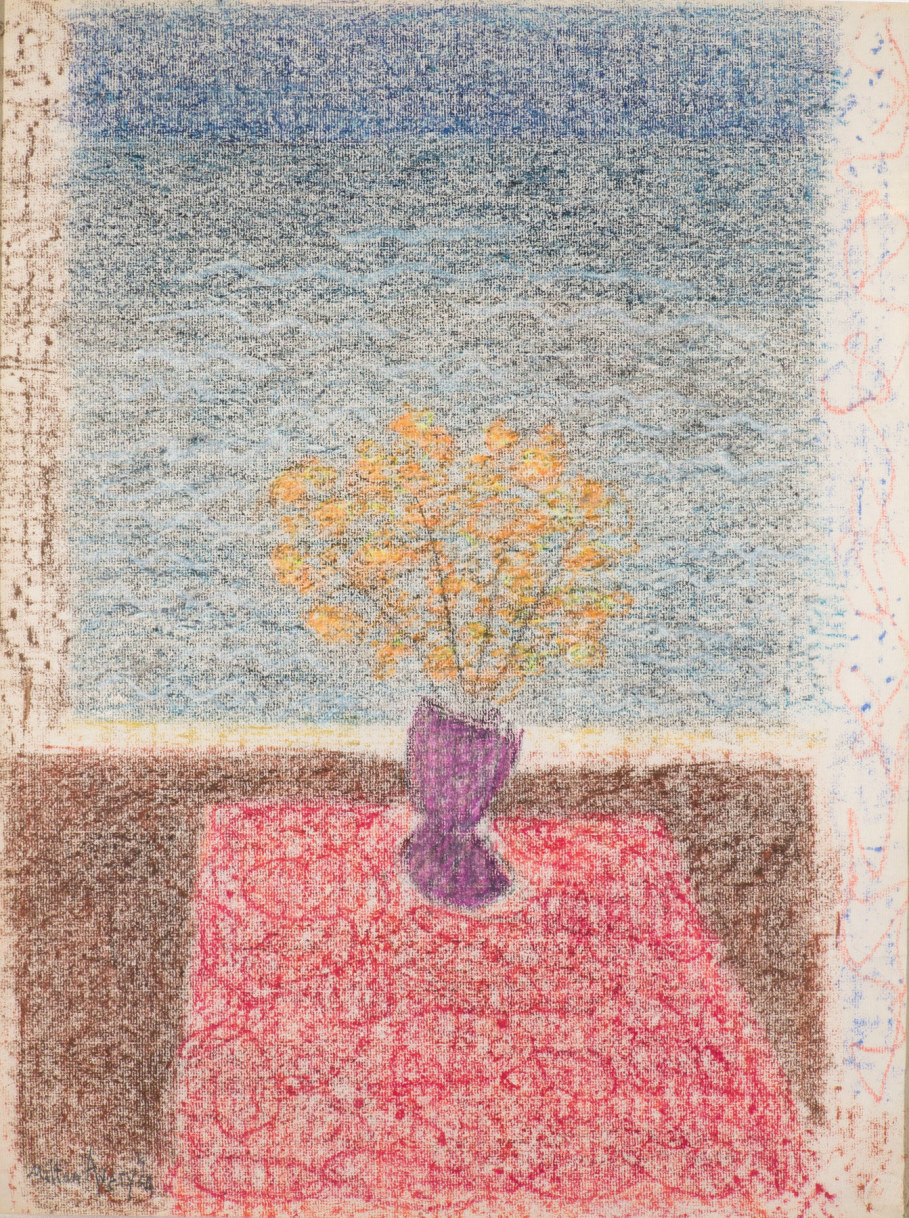
(1885 – 1965)
One of the first American artists to champion color as a structural element, Milton Avery exerted enormous influence over this modernist development in American painting. He was a forerunner to Color Field painters including Mark Rothko, Adolph Gottlieb, Helen Frankenthaler and Esteban Vicente. Avery also ushered in the radical streamlining of form which would later become the hallmark of the New York School of Abstract Expressionism. Although a prominent member of his generation’s abstract expressionist community, Avery remained dedicated to painting landscapes, still-lifes and figures. Influenced by European Cubism and Fauvism earlier in his career, Avery’s painting reflects his reductive approach to the exploration of nature and his own response to it. Avery’s mature style, established by the mid-1940s, is characterized by elimination of detail, flattened forms and subtle surface painting with a focus on color as the subject. One of the singular characteristics of Avery’s oeuvre, despite the sophisticated and influential formal concerns present in the work, is the accessibility of his subject matter and its levity.

Milton Avery
Bouquet by the Bay
25 x 19 inches
Oil crayon on paper
1954
